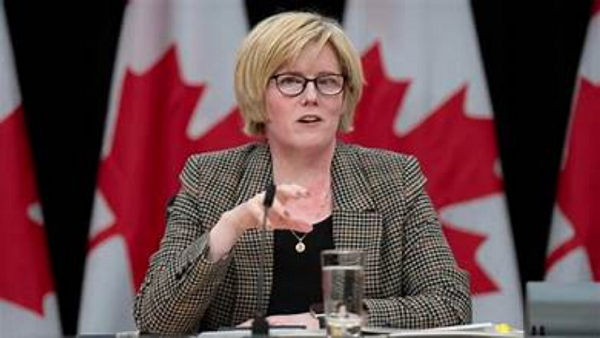The price of new cars expected to fall this year, but not Canadians will be able to afford them
Canadians looking to buy a new car this year will find some relief at dealerships, according to DBRS Morningstar.
The credit rating agency’s “2024 Global Automotive Outlook,” report said it expects car prices to fall and selection to return to “more normal levels” this year, as the sector continues to recover from a supply-chain crisis that led to a global semiconductor microchip shortage.
However, that doesn’t mean inflation-weary Canadians will be jumping in.
Part of the reason prices are recovering is that pent-up demand for cars is also slowing in the face of higher interest rates and stubborn inflation, the report said.
“Certainly, the consumer will have more choice than in the immediate prior years,” Robert Streda, senior vice president at DBRS Morningstar and co-author of the report, told the Star.
“Pricing was still firm in 2023. I think the consumer, to be honest, was a bit more resilient relative to consensus expectations,” he added. “Given the higher rates, and again, the ongoing improvement in vehicle supplies, we certainly do expect some softening in pricing this year.”
The average price of new-car listings was a whopping $67,817 in September, a gain of almost 20 per cent over the last year, according to data compiled by AutoTrader.ca.
(Autotrader data reflects average prices of car listings on its website, which may differ from the manufacturer’s suggested retail price (MSRP) and does not include financing costs, incentives, discounts, or government subsidies.)
Meanwhile, automakers prioritized the allocation of available microchips toward higher margin vehicles, restricting the product mix in the market in the last few years.
According to the Autotrader report, 1.3 million fewer cars were sold between 2020 and 2022 than in previous two-year periods.
As a result, consumers that ordered their cars in 2022 might still be waiting for their deliveries in 2024.
Streda does not believe prices will revert to pre-pandemic levels just yet.
Inflationary pressures remain, he said, including the outcomes of several labour disputes between the United Auto Workers and the three big automakers — General Motors, Ford and Stellantis.

The new collective agreements include wage increases of 25 per cent though April 2028.
As a result, higher labour costs are estimated to translate into an increase of $500 (U.S.) per vehicle, which will likely be passed on entirely, or in part, to the consumer, Streda said.
As prices and demand normalize, DBRS is also predicting weaker earnings across the auto sector.
In Canada, industry sales were about 1.7 million units in 2023, according to Streda. He expects only a slight uptick to 1.8 million units this year, he added.
“As far as the pent-up demand, from our perspective, I see that being exhausted at some point in 2024.”
This article was reported by The Star















